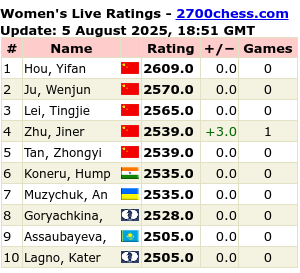
 His book translated into Flemish here.
His book translated into Flemish here.
Read ON THIS LINK about Marais.Have you read….”The soul of the white Ant”…or…”Die siel van die Mier!” by Eugene Marais… if not….you have a gap in your culture…:))….get “The soul of the white ant..” and read it…
And……on THIS LINK you can read his poem…”Dans van die reen”…which I translated into English for my blogreaders….”Dance of the rain”…enjoy!
Where is the soul of a termite, or the soul of man?
“Someone once said that all behaviourism in nature could be referred to as hunger. This saying has been repeated thousands of times yet is false. Hunger itself is pain – the most severe pain in its later stages that the body knows except thirst, which is even worse. Love may be regarded as a hunger, but it is not pain.
“What protects animals, what enables them to continue living, what assures the propagation of race? A certain attribute of organic matter. As soon as one finds life, one finds this attribute. It is inherent in life; like most natural phenomena it is polarised, there is a negative and a positive pole. The negative pole is pain; the positive pole is sex. This attribute may be called the saving attribute of life; and it is here where one comes closest to what appears like a common purpose beyond nature.” (Eugène Marais, The Soul of the White Ant, 1989:261)
Eugène Nielen Marais[1] (1871-1936) was a South African lawyer, naturalist, poet, and writer. Although Marais is remembered by South Africans more for his contribution to Afrikaans literature than for science, he has been described as being a scientist far ahead of his time.
He began life after leaving college as a journalist, then studied medicine for four years, but eventually took up law and was called to the bar by the Inner Temple. He was a scholar and a man of culture.
However, it was not only as jurist that Marais distinguished himself as a brilliant (yet eccentric) character in South African history. He has been described as “… a human community in one man. He was a poet, an advocate, a journalist, a story-teller, a drug-addict, a psychologist, a natural scientist.”
In 1910, he abandoned his law practice and retreated to the remote Waterberg (‘Water Mountain) – the mountain area north-west of Pretoria. Here he studied two creatures – termites and baboons that, on the face of it, had nothing in common. Both fascinated him, as did all wild creatures.
Settling near a large group of chacma baboons, he became the first man to conduct a prolonged study of primates in the wild. It was in this period that he produced My Friends the Baboons and provided the major inspiration for The Soul of the Ape.
His studies of termites led him to the conclusion that the colony should be considered as a single organism. Although Marais could not have known it, he was anticipating some of the ideas of Richard Dawkins (1941— ). He also observed chacma baboons at length and he was the father of the scientific study of the behaviour of primates. Because Marais refused to translate his works into English, they remained almost unknown outside of southern Africa, which is the only place in the world where Afrikaans is spoken to any degree.
Termites are social insects and are most closely related to the cockroaches with which they share a close common ancestor (?). They are among the most important groups of animals on land because they play a vital role in breaking down dead plant material. They have symbiotic flagellates or bacteria in their hindguts that are able to break down plant cellulose to a digestible form and in the subfamily Macrotermitinae the termites culture and eat fungi in their nests using dead plant material.
Ants (order: Hymenoptera; family: Formicidae) are often confused with termites because they are also social, and termites are sometimes called ‘white ants’ (a confusing term). Ants, like wasps (from which they evolved (?)), have a constriction half way down their body whereas in termites the body is uniformly broad. The prominent mounds you see in the South African countryside are made by termites not ants. Whereas ant workers are all females, in termites, workers can be both male and female. In ants, mating occurs before the nest is founded and the male dies after mating – he does not become a king, and live and mate with the queen in the new colony, as in termites.
Marais published his conclusions about termites as a series of speculative articles, written entirely in Afrikaans and appearing only in local newspapers, as The Soul of the White Ant. While observing the natural behaviour of these creatures, he noticed that firstly, the whole termitary (a termite nest) had to be considered as a single organism whose organs work like those of a human being.
Termitaries, as one sees them so frequently in Central and Southern Africa, are tall, compacted columns of earth sometimes four to five metres high. Within the terminary lives the society, with its castes and its ranks, in countless numbers.
Marais concluded that all members of the colony and the terminary itself form what is essentially a single living organism. The terminary itself is the body. The various castes in the society have the functions of the body’s organs, with fungus gardens contributing the digestive tract, soldiers and workers the cells of the blood stream, the queen the brain as well as the reproductive organs, and even the sexual flight executing the function of sperm and eggs. How all communicate (pheromones, telepathy?) we do not know, but the ‘soul’ of the termite – the psyche, we should say – is the property of the entire society. He concluded secondly that the actions within the termitary were completely, instinctive.
His work on termites led him to a series of stunning discoveries. He developed a fresh and radically different view of how a termite colony works, and indeed, of what a termite colony is. This was far in advance of any contemporary work. In 1923, he began writing a series of popular articles on termites for the Afrikaans press and in 1925; he published a major article summing up his work in the Afrikaans magazine Die Huisgenoot.
He published The Soul of the White Ant (1937) and then My Friends the Baboons (1939) which was posthumously published after he had taken his life.
His book Die Siel van die Mier (The Soul of the Ant, but usually given in English as The Soul of the White Ant) was plagiarised by Nobel Laureate Maurice Maeterlinck, who published The Life of the White Ant in 1926, falsely claiming many of Marais’ revolutionary ideas as his own. Maeterlinck was able to do this because he was Flemish and therefore understood Dutch, from which Afrikaans was derived. Maeterlinck was as a consequence one of the few people in Europe who had read Marais’ original texts.
Maurice Maeterlinck (1862-1949) was a leading literary figure of the time. In 1911, he won the Nobel Prize for literature following the success of his play The Bluebird. In 1901, he had written The Life of the Bee, a mixture of natural history and philosophy, but he was a dramatist and a poet, not a scientist.
In 1926, one year after Die Huisgenoot published Marais’ article, Maeterlinck stole Marais’ work and published it under his own name, without acknowledgement, in a book titled The Life of the White Ant, first published in French and soon afterwards in English and several other languages.
Maeterlinck’s book was met with outrage in South Africa. Later, in 1935, Marais wrote to Dr Winifred de Kok in London. She was beginning her English translation of The Soul of the White Ant, “You must understand that it was a theory which was not only new to science but which no man born of woman could have arrived at without a knowledge of all the facts on which it was based; and these Maeterlinck quite obviously did not possess. He even committed the faux pas of taking certain Latin scientific words invented by me to be current and generally accepted Latin terms.
“The publishers in South Africa started crying to high heaven and endeavoured to induce me to take legal action in Europe, a step for which I possessed neither the means nor inclination. The press in South Africa, however, quite valorously waved the cudgels in my behalf. The Johannesburg Star [South Africa’s biggest English-speaking daily newspaper] published plagiarised portions that left nothing to the imagination of readers.
“The Afrikaans publishers of the original articles communicated the facts to one of our ambassadorial representatives in Europe and suggested that Maeterlinck be approached. Whether or not this was done, I never ascertained. In any case, Maeterlinck, like other great ones on Olympus, maintained a mighty and dignified silence.”
Marais took legal action against Maeterlinck but gained little satisfaction.
Marais began writing Soul of the Ape in 1916, but never finished it. It was published posthumously years later. His theory was that, unlike termites, baboons – and by extension all primates – had the ability to memorise the relationship between cause and effect. They could therefore vary their behaviour voluntarily. While termites were instinctive, the mind of baboons was based on ‘causal memory’.
The reason for this difference, according to Marais, was natural selection. According to him, natural selection was not, as Darwin had insisted, ‘the survival of the fittest’, but rather ‘the line of least resistance’. Those species best able to adapt to their specific environment survived, while those not able to, would become extinct. Natural selection, therefore, had the tendency to both localise and specialise species.
The conclusions to which he came were new and radical and might well have had an influence in Europe. However, Marais was half a hemisphere away, half a century too soon and writing in a language no one could understand.
The Soul of the White Ant was brought under the attention of the world only by being seemingly plagiarised by a Belgian Nobel prize laureate, Maurice Maeterlinck. The Soul of the Ape was incomplete and originally only published in South Africa.
Maeterlinck’s The Life of the White Ant, in which he describes the organic unity of the termitary and compares it with the human body. This theory aroused great interest at the time and was generally accepted as an original one formulated by Maeterlinck. The fact that an unknown South African observer had developed the theory after many years of indefatigable labour was not generally known in Europe.
The 1927 files at The Star to which Marais referred were checked and confirmed by American author and social anthropologist Robert Ardrey (1908-1980) forty years later. “Maeterlinck’s guilt is clear”, Ardrey wrote. It is easily confirmed by a comparison of the two books. Marais’ point is indisputable: his picture of the termitary is startlingly original, it could not possibly have been hypothesised or inferred without a great deal of original research, at the very least – and yet there it is in Maeterlinck’s book.
Yet it is impossible to ignore the fact that Marais’ work is revolutionary, especially if one takes into account the time and place in which it was written. Robert Ardrey says in his introduction to Marais’ work on ants and baboons published in 1973, “As a scientist he was unique, supreme in his time, yet a worker in a science unborn.”
He was master of a science that was only invented fifty years later (ethology). It was sixty years before anyone else attempted to study what he had studied (ape societies in the wild). He described natural mechanisms and systems that were not identified by mainstream science until forty years later (pheromones), and neither science nor society has yet caught up with many of his findings and conclusions. Marais made no direct contribution to entomology, but his ghost continues to haunt the discipline.
His fourth book, The Soul of the Ape, completed in 1919, might just have made him world famous if it had been published then, but in fact half a century was to pass before it appeared in book form in 1969, thirty-three years after his death.
Their observations and the insights Marais gained from them formed the basis of a serious work later to be called The Soul of the Ape.
They also led to a more popular work, Burgers van die Berge (Citizens of the Mountains, translated as My Friends the Baboons), first published in book form in 1938, two years after Marais’ death.
In 1948, twelve years after Marais’ death, Nikolaas Tinbergen[2] (1907-1988) reformulated Marais’ extremely important concept of the phyletic (inborn) and causal (acquired) memory.
Thirteen years later, in 1961, Washburn and De Vore[3] published a lengthy article, ‘The Social Life of Baboons’, in the Scientific American. Though some of their observations were contested, they were seen as the first serious observers of baboons in the wild (meaning not in captivity), a title which surely Marais had earned fifty years before. His notes on baboon behaviour in The Soul of the Ape are regarded as honest and reliable by modern ethologists.
When The Soul of the Ape was finally published in 1969, it was too late.
Read the rest of the article….HERE on Authorsden. The link will open in a new window.
Winter’s Night
Oh the small wind is frigid and spare
and bright in the dim-light and bare
as wide as God’s merciful boon
the veld lies in starlight and gloom
and on the high lands
spread through burnt bands
the grass-seed, astir, like beckoning hands.
Oh East-wind gives mournful measure to song
Like the lilt of a lovelorn lass who’s been wronged
In every grass fold
bright dewdrop takes hold
and promptly pales to frost in the cold!
Translated by J.W. Marchant
Read Full Post »








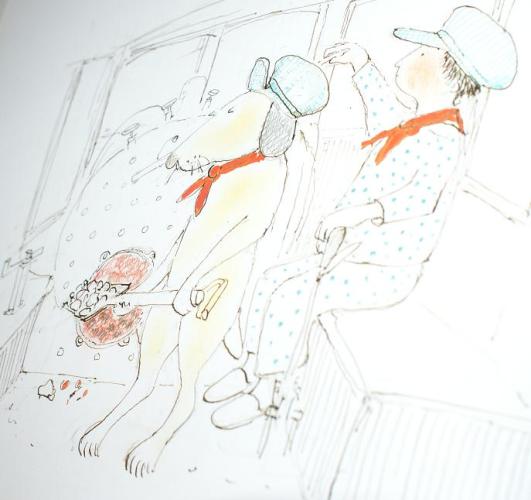




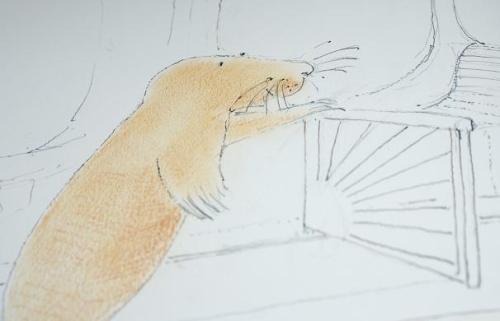








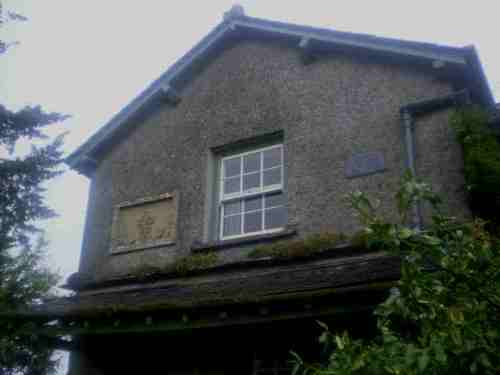





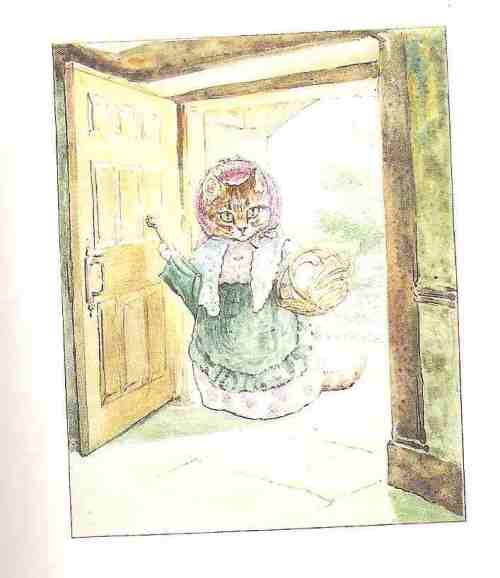










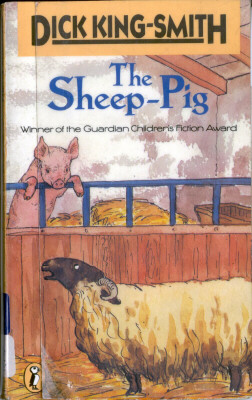
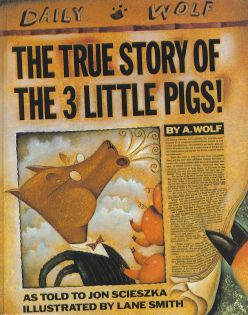
















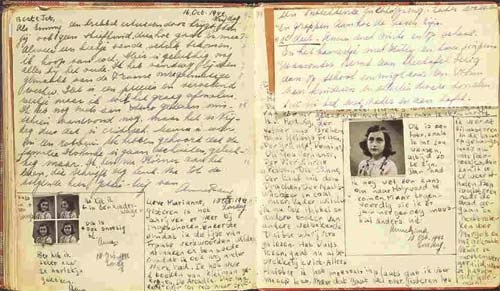



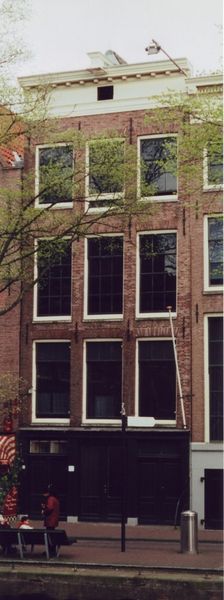































.jpg)





